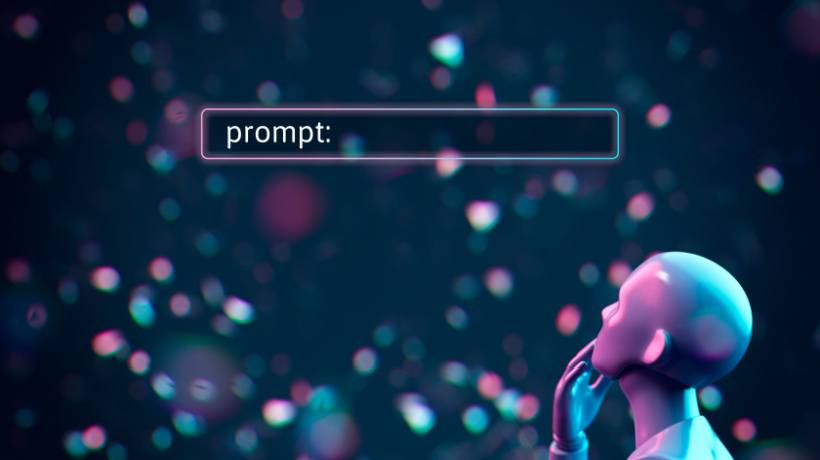The Evolution And Future Trends Of Continuing Legal Education
Continuing Legal Education (CLE) has undergone a profound transformation over the years, mirroring the dynamic nature of the legal profession and the ever-evolving demands of the legal landscape. This comprehensive article delves into the historical roots of CLE, traces its development through changing requirements, and offers insights into what the future holds for legal education.
The Historical Roots Of Continuing Legal Education
The roots of CLE can be traced back to the mid-20th century when the legal community recognized the imperative of ongoing education for attorneys. In the United States, the American Bar Association (ABA) took a pioneering role in advocating for and implementing CLE programs. The initial focus was on improving the competence of legal professionals and ensuring that they remained well-informed about developments in the law.
As the legal landscape evolved, so did the structure and content of Continuing Legal Education programs. Initially, CLE was primarily delivered through in-person lectures and seminars, limiting accessibility for busy legal professionals. However, the advent of technology in the late 20th century paved the way for innovations in CLE delivery, offering attorneys more flexible and diverse options for meeting their educational requirements.
Current Requirements Of CLE
Present-day CLE requirements vary widely across jurisdictions, reflecting the diverse legal landscapes and the autonomy of each state's bar association. Most jurisdictions mandate a specific number of CLE hours, typically measured on an annual or biennial basis. These hours often include a mix of general credits covering a broad range of legal topics and specialized credits in areas such as ethics, professionalism, and diversity.
The American Bar Association's Model Rules for Continuing Legal Education provides a framework that many jurisdictions use as a guide for establishing their own CLE requirements. However, states have the flexibility to tailor these requirements to meet the unique needs of their legal communities. In addition to traditional credit hours, some jurisdictions now recognize non-traditional formats, such as on-demand courses, webinars, and interactive activities.
Technological Advancements In Continuing Legal Education
The integration of technology has been a game-changer in the realm of CLE. Online platforms and eLearning modules now offer legal professionals the flexibility to engage with educational content at their own pace, from the convenience of their offices or homes. This shift not only addresses the time constraints faced by busy attorneys but also caters to diverse learning styles.
Simulations and Virtual Reality experiences are emerging as powerful tools in legal education, providing attorneys with immersive, real-world scenarios to enhance their practical skills. These technological advancements ensure that CLE remains relevant and engaging, leveraging modern tools to meet the evolving needs of legal professionals.
The Future Landscape Of CLE
Looking ahead, the future of CLE is poised for further evolution, with several key trends shaping the landscape:
1. Competency-Based Education
One notable trend is the increasing emphasis on competency-based education. Rather than solely focusing on the number of hours spent in a classroom, jurisdictions are exploring ways to assess and measure attorneys' competence and practical skills, ensuring that CLE truly enhances professional development.
2. Flexibility And Personalization
Personalization and flexibility are expected to become even more prominent in the future of CLE. As legal professionals navigate an increasingly complex and specialized legal landscape, CLE programs will likely offer more tailored content, allowing attorneys to choose courses that align with their specific practice areas and career goals. This shift towards personalized learning ensures that CLE remains directly relevant to individual attorneys' needs.
3. Artificial Intelligence
Additionally, the integration of Artificial Intelligence (AI) and data analytics may play a role in shaping the future of CLE. These technologies can provide insights into individual learning preferences, allowing for more targeted recommendations and a more adaptive learning experience. Such innovations hold the potential to revolutionize how legal professionals engage with CLE content, making the educational experience more efficient and effective.
Conclusion
In conclusion, the evolution of Continuing Legal Education (CLE) is a testament to the legal profession's commitment to adaptability and excellence. From its origins as a response to the need for ongoing education to the current era of diverse delivery methods and technologically enhanced learning experiences, CLE has traversed a remarkable path. The contemporary CLE landscape reflects a delicate balance between tradition and innovation, addressing the multifaceted needs of legal professionals.
The amalgamation of historical roots, current requirements, and technological advancements underscores the resilience of CLE in responding to the dynamic nature of the legal profession. The ever-evolving CLE requirements, with their focus on competency and diverse learning formats, mirror the contemporary legal landscape's complexity. The shift towards technology-driven platforms and immersive learning experiences not only enhances accessibility but also aligns CLE with modern professional development expectations.
As we envision the future of CLE, the trends of personalization, flexibility, and competency-based education stand out prominently. The legal profession, marked by its diverse specialties and evolving challenges, demands an education system that adapts to individual needs. The trajectory towards personalization ensures that CLE remains not just a mandatory obligation but a strategic investment in the continual growth and success of legal professionals.
Moreover, the potential integration of Artificial Intelligence and data analytics in CLE heralds a new era of adaptive learning. Tailored recommendations and insights into individual learning preferences promise to make CLE more efficient and effective, aligning education with the pace of technological advancement in the legal field.
In essence, CLE is not merely a box to check for legal professionals but a dynamic, integral component of their lifelong learning journey. The evolution witnessed so far is a prelude to a future where CLE not only meets regulatory requirements but becomes a proactive catalyst for excellence in legal practice. As CLE continues to navigate the currents of change, it remains an essential cornerstone in empowering attorneys to navigate the complexities of the law, ensuring they are not only knowledgeable but also adept in addressing the evolving challenges of the legal landscape.









